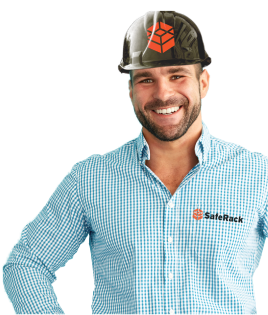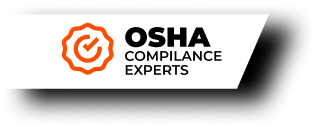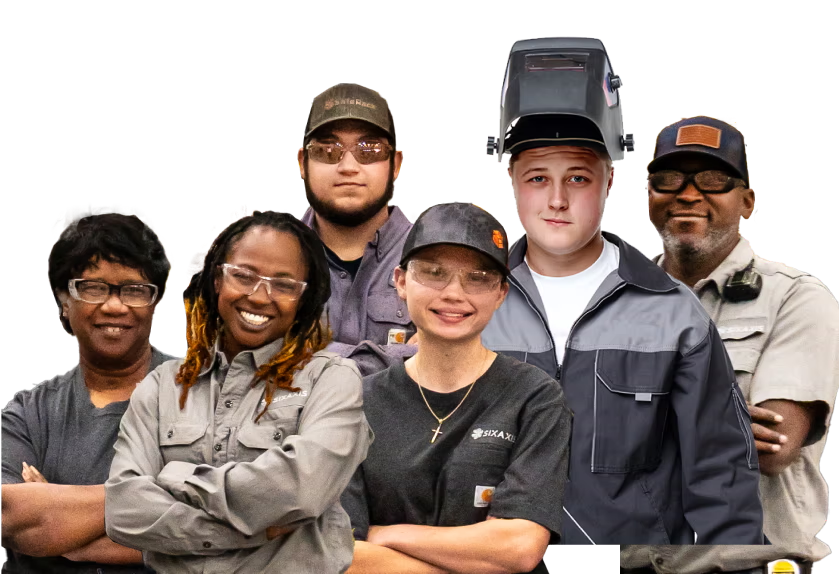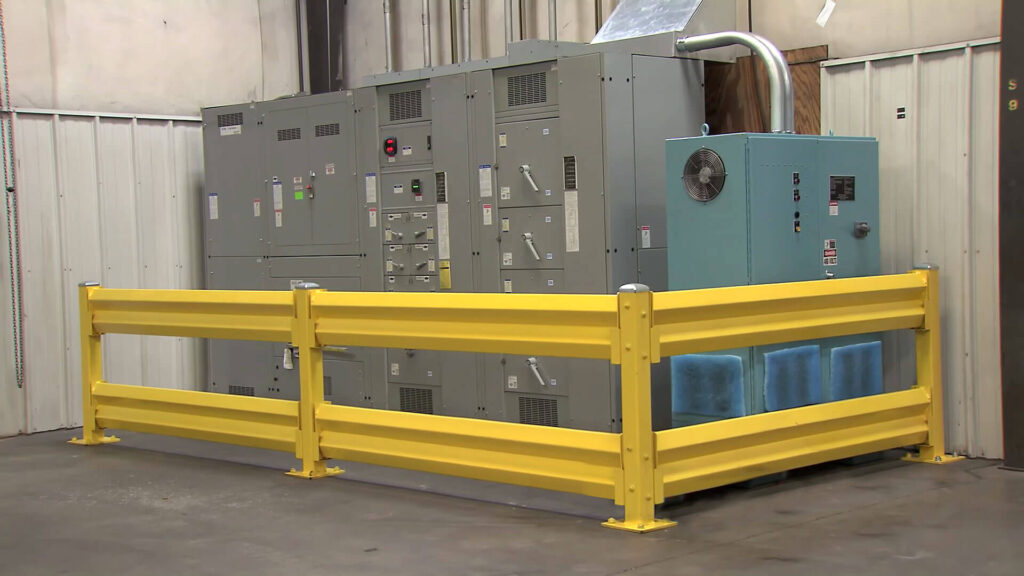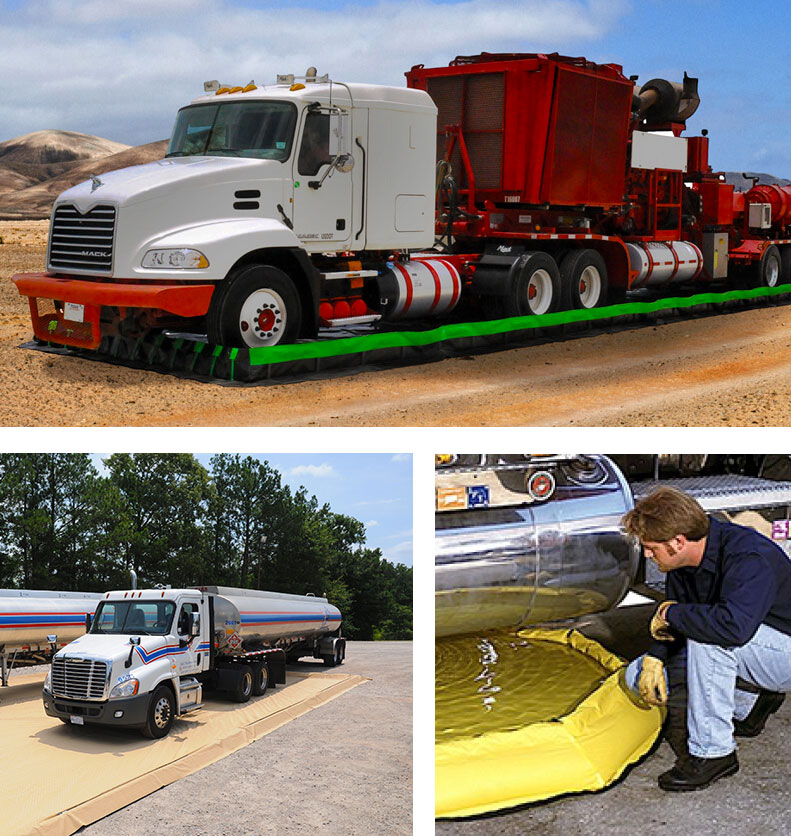Creating safe industrial facilities is crucial for maintaining operational efficiency and regulatory compliance. While companies building new facilities can design safe environments from the ground up, organizations operating in existing facilities have significant opportunities to enhance workplace safety through continuous improvement initiatives.
Regular safety inspections provide the foundation for identifying hazards, preventing accidents, and maintaining OSHA compliance. This comprehensive resource helps facility managers and safety professionals systematically evaluate key risk areas and implement effective safety measures.
1. Mobile Equipment Operations and Training
Are only certified personnel operating mobile equipment?
Mobile equipment interactions, particularly with forklifts, represent one of the highest-risk areas in warehousing and manufacturing. OSHA mandates employer-provided training and certification for all forklift operators, but compliance goes beyond checking boxes. Meaningful training programs with consistent skills verification and safety practice reinforcement significantly impact overall workplace safety.
Consider these verification steps:
- Current operator certifications and refresher training schedules
- Skills assessments for equipment operation and safety protocols
- Documentation of training completion and competency verification
- Regular safety meetings focused on equipment operation best practices
SafeRack Solution: Our comprehensive training support includes on-site safety evaluations where Regional Area Managers (RAMs) assess operator skills and guide safe equipment use around loading platforms and access systems.
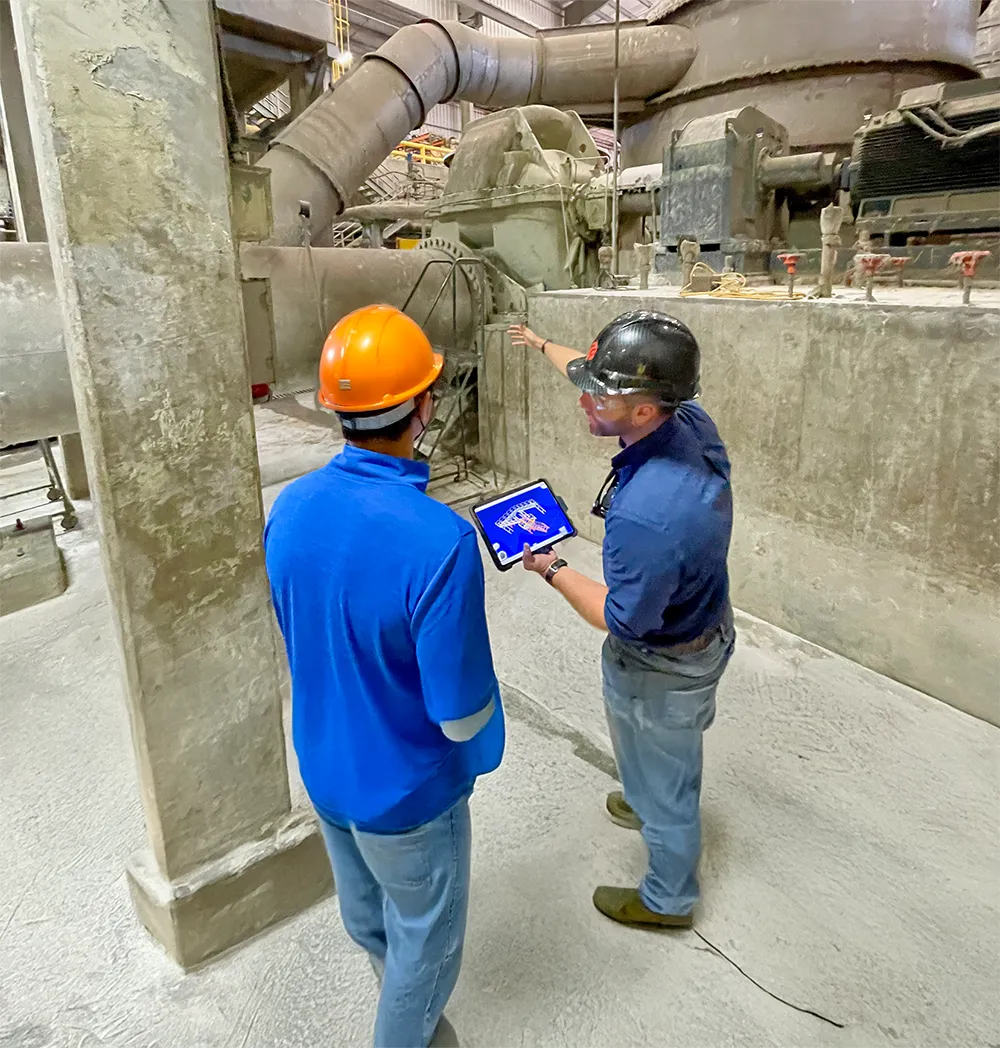
Free On-Site Safety Walks
Identifying Risks and Ensuring Compliance
with our Safety Experts
2. Visibility Enhancement and Hazard Identification
Have you eliminated blind spots and clearly marked hazards?
Proactive measures prevent collisions between equipment, materials, facilities, and pedestrian workers. Poor visibility contributes to many workplace accidents involving mobile equipment and personnel.
Implementation strategies include:
- Installing mirrors at corners and blind spots for enhanced operator visibility
- Deploying high-visibility protectors for walls, corners, and storage rack posts
- Clear marking of traffic patterns and pedestrian walkways
- Adequate lighting in all operational areas
These protective measures shield equipment, facilities, and workers while enabling operators to proactively avoid hazards.
3. Advanced Safety Technology Integration
Does mobile equipment have pedestrian detection sensors?
Human error remains a factor even with comprehensive training and enhanced visibility. Pedestrian detection sensors provide an additional safety layer by alerting operators when objects or personnel are within dangerous proximity ranges.
These systems act as supplementary awareness tools, offering management confidence that employees, facilities, and equipment have extra protection beyond traditional safety measures.
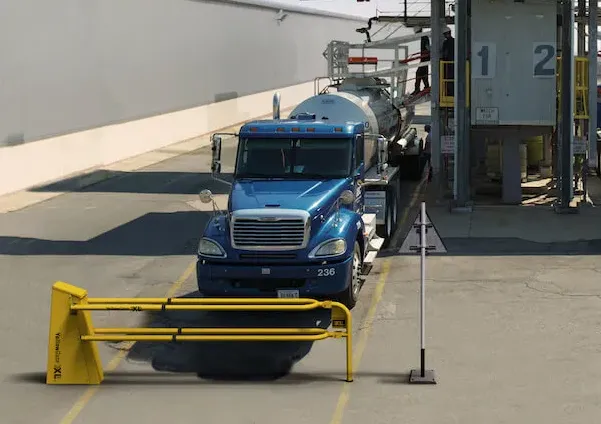
4. Traffic Management and Area Definition
Are driving, walking, and working areas clearly defined?
Establishing facility traffic rules similar to public road systems significantly improves overall safety. Designated walking and working areas prevent hazardous interactions between workers and equipment while setting clear operational expectations.
Physical barriers enhance administrative controls:
- GuardRail Systems: YellowGate industrial safety gates and GuardRail systems provide adjustable fall protection for high-risk areas
- Bollards and Barriers: Strategic placement of bollards prevents equipment damage, and barriers prevent unauthorized equipment access
- Crossover Stairs: OSHA-compliant Stairs and crossovers allow safe passage over conveyors and equipment
SafeRack Solution: Our YellowGate safety gate systems offer field-adjustable widths (16″ to 36″) with self-closing mechanisms for consistent fall protection in high-traffic warehouse areas.
5. Fall Protection and Elevated Work Safety
Are you following best practices to prevent falling objects?
Falling object risks require systematic material handling approaches. Best practices include:
- Storing heaviest materials at lowest possible levels
- Verifying rack weight capacity with clear load limit markings
- Protecting rack supports from accidental mobile equipment contact
- Regular inspection of storage systems and structural integrity
SafeRack Solution: Our comprehensive fall protection portfolio addresses elevated work safety across multiple applications. YellowGate safety swing gates provide self-closing fall protection for mezzanines, platforms, and elevated work areas with field-adjustable widths to accommodate various opening sizes. ErectaStep prefabricated stairs and work platforms offer OSHA-compliant access to elevated equipment and storage areas using bolt-together systems that require no welding or special tools. For bulk loading operations, SafeRack loading terminals and gangways provide safe access to trucks and railcars while eliminating fall hazards through integrated safety cages and guardrail systems that completely enclose workers during loading operations
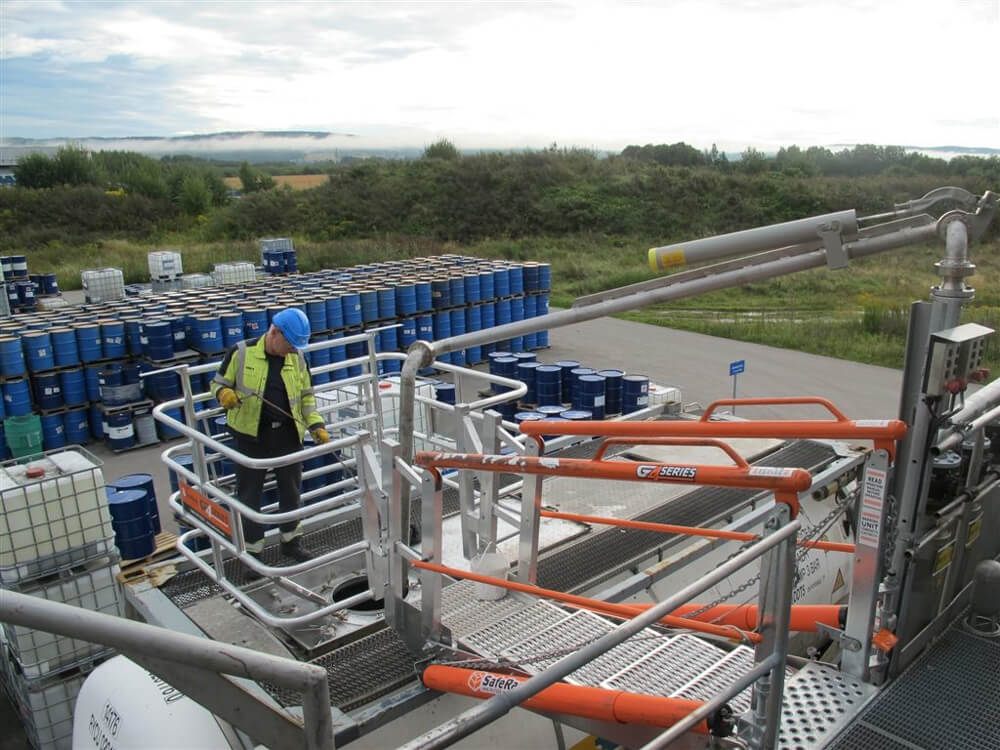
6. Spill Prevention and Environmental Protection
Are you implementing proper spill containment measures?
Proactive spill containment prevents slip, trip, and fall accidents while avoiding environmental chemical releases. Facility-specific containment solutions address various operational scenarios:
- Track Pans: For facilities receiving materials by rail
- Truck Spill Containment: SPCC and EPA compliant solutions for vehicle loading areas
- IBC and Drum Pallets: Interior and exterior spill containment for smaller containers
- Industrial Containment Berms: Flexible solutions for wash-down operations and temporary containment needs
SafeRack Solution: We distribute comprehensive spill containment solutions designed to meet facility-specific needs, from railcar track pans to modular industrial berms that accommodate various operational requirements.
7. Equipment and Tool Safety Management
Are workers qualified to use required tools and equipment?
Specialized tools require specific training, even when operators claim experience. Never assume competency without verification through field testing. Key considerations include:
- Skills verification for all specialized equipment
- Regular competency assessments
- Designated maintenance personnel with proper training
- Lockout/tagout procedure compliance for maintenance activities
Many serious accidents occur when unqualified personnel attempt equipment maintenance without understanding safety protocols.
8. Personal Protective Equipment Compliance
Are you providing appropriate PPE for each task?
Comprehensive PPE programs require detailed hazard analysis for every process. Common gaps include:
- Incorrect filter selection for respiratory protection
- Inadequate chemical compatibility assessment
- Missing task-specific protection requirements
- Insufficient emergency response equipment
SafeRack Solution: Our on-site safety evaluations include PPE assessments where RAMs work with safety teams to identify specific protection needs for loading operations and equipment access tasks.
9. Housekeeping and Maintenance Standards
Are you following best practices to prevent slips, trips, and falls?
Poor housekeeping contributes significantly to workplace accidents. Effective prevention strategies include:
- Clear housekeeping expectations and accountability
- Organized tool and equipment storage
- Protected power cord routing
- Regular debris removal and spill cleanup
- Non-slip surface treatments in high-risk areas
SafeRack Solution: Our platform toolboxes provide corrosion-resistant storage that reduces trip hazards while improving workflow organization around loading areas.
10. Emergency Preparedness and Response
Do you have comprehensive emergency procedures?
Effective emergency response requires:
- Clear evacuation routes and assembly points
- Accessible emergency equipment (eyewash stations, first aid, fire extinguishers)
- Regular drill exercises and training
- Emergency contact information and communication systems
SafeRack Solution: We supply ANSI-compliant eyewash stations and emergency shower systems positioned according to regulatory requirements for chemical loading operations.
11. Regular Safety Assessments and Continuous Improvement
Are you conducting systematic safety evaluations?
Continuous improvement requires regular assessment cycles:
- Daily: Equipment pre-use inspections and housekeeping checks
- Weekly: Area-specific safety walkthroughs
- Monthly: Comprehensive facility assessments
- Quarterly: Program review and update cycles
- Annually: Complete safety system evaluation
SafeRack Solution: Our Regional Area Managers provide complimentary on-site safety evaluations that assess facility-wide safety challenges and provide tailored recommendations for improvement.
Your Partner in Facility Safety Excellence
SafeRack provides more than equipment – we deliver comprehensive safety solutions tailored to your facility’s needs. Our full-service approach includes on-site safety assessments, compliance guidance, and workflow optimization support.
With our network of safety experts across North America and equipment available worldwide, we help facilities reduce risks, improve efficiency, and maintain regulatory compliance. From gangways and safety cages to spill containment and emergency equipment, SafeRack serves as your trusted partner for fall protection and operational safety solutions.
Ready to enhance your facility’s safety profile? Contact SafeRack today for a complimentary on-site safety evaluation. Our experienced Regional Area Managers will assess your specific challenges and recommend solutions that improve safety, efficiency, and compliance.
This resource provides general guidance for facility safety improvement. Specific regulatory requirements may vary by jurisdiction and industry. Consult with qualified safety professionals for facility-specific recommendations.

